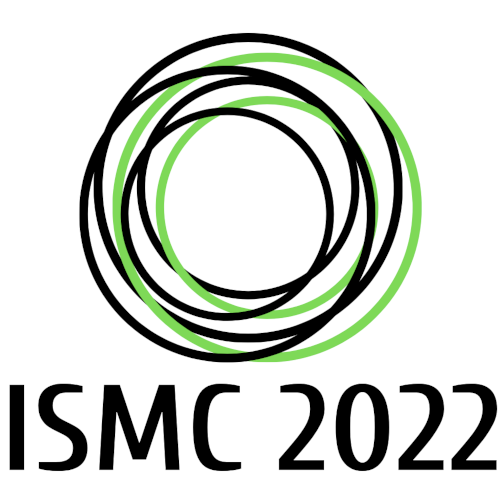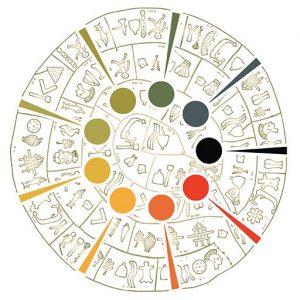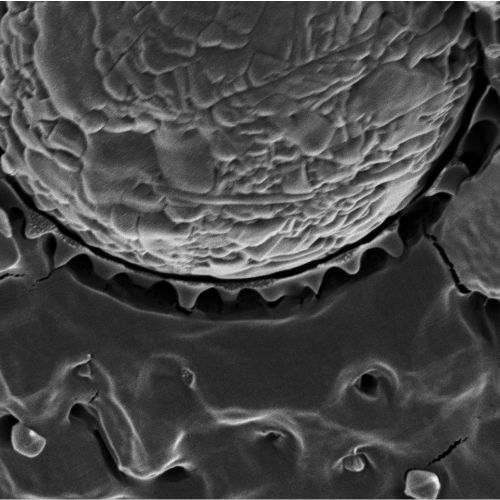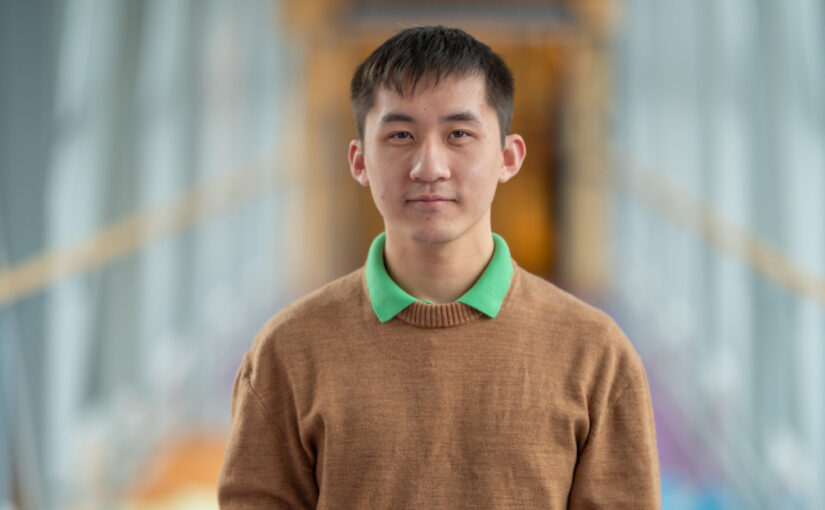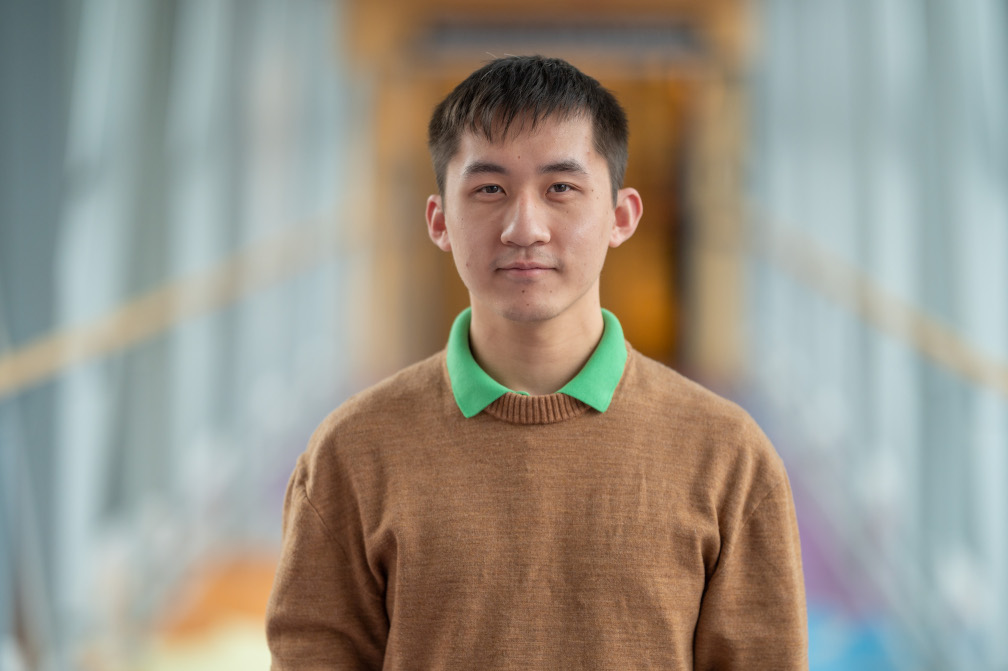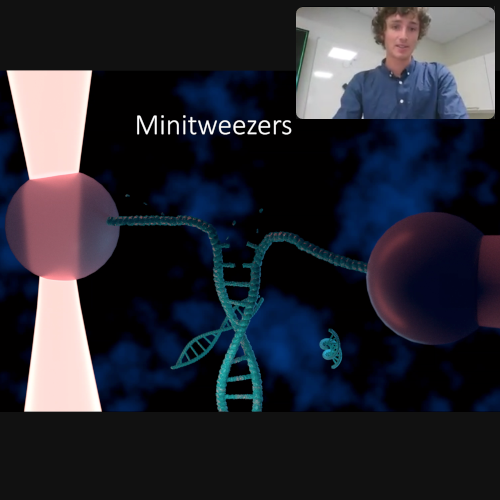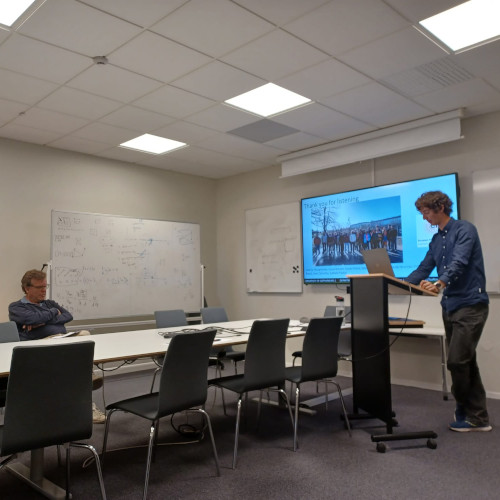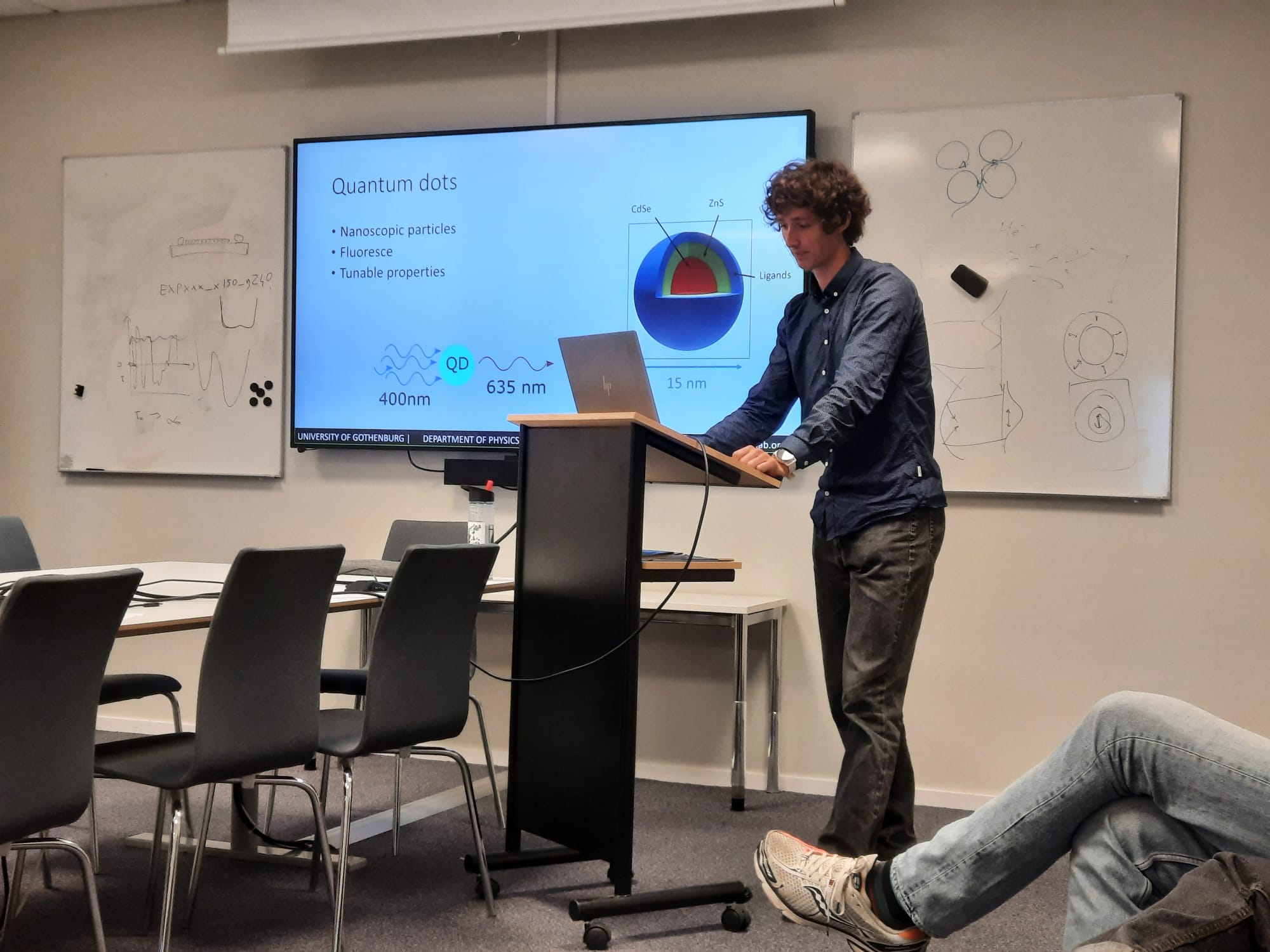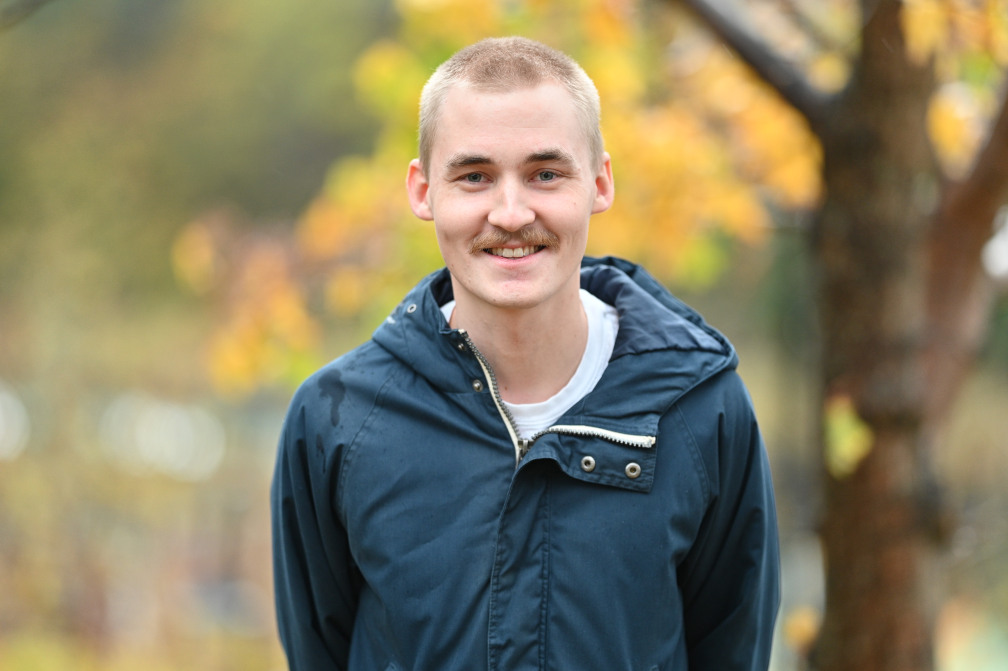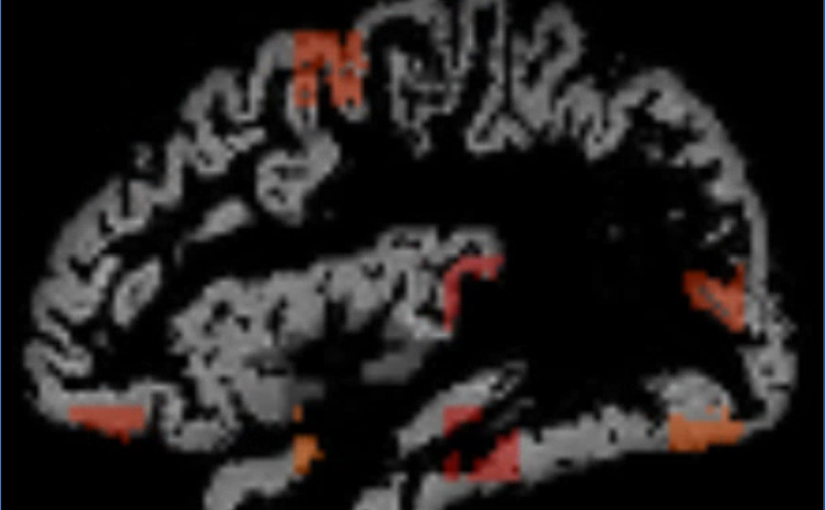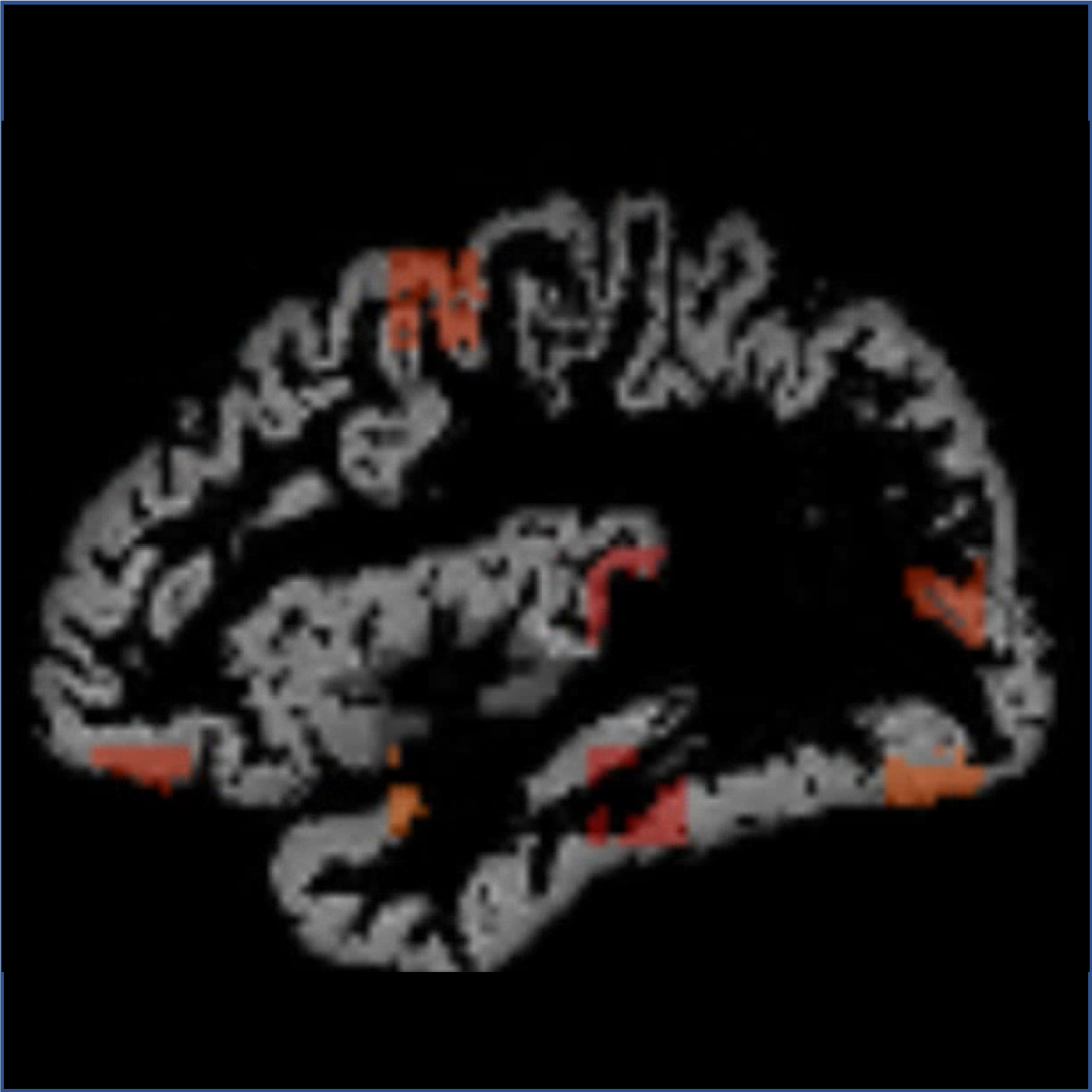The Soft Matter Lab participates to the ISMC 2022 in Poznan, Poland, 19-23 September 2022, with the presentations listed below.
- Harshith Bachimanchi: Quantitative microplankton tracking with holographic microscopy and deep learning
19 September 2022 • 12:40 – 13:00 CEST | Room 1.A - Jesús Pineda: Revealing the spatiotemporal fingerprint of microscopic motion using geometric deep learning
19 September 2022 • 13:40 – 14:00 CEST | Room 1.A - Giovanni Volpe: Playing with Active Matter (Keynote Lecture)
20 September 2022 • 13:30 – 14:10 CEST | Room 1.F - Gan Wang: Nanopositioning and nanoalignment of microparticles on patterned surfaces
20 September 2022 • 14:10 – 14:40 CEST | Room 1.A - Marcel Rey: Versatile strategy for homogeneous drying of dispersed particles
23 September 2022 • 12:10 – 12:30 CEST | Room 1.A
